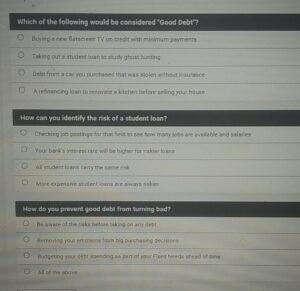Debt Purchase 101
If you’re not familiar with debt purchase, you’re missing out on a lucrative business opportunity. These companies buy debt portfolios from creditors and work them for two to five months before settling the accounts. The reason for this is the fact that they don’t have to collect on every account, so they can make a profit. But what’s their benefit? The key is to consider the benefit of the debt, rather than just the cost.
A debt purchase will obtain very little information from the original creditor. The only thing they get is the debtor’s name and the amount of money they are owed. They’ll also pay for copies of the credit application and any statements or other documents. The cost of this will add to the total cost of the purchase, but it will also reduce the possibility of mistakes in credit reporting and collection. This is where you must be aware of the benefits of debt purchase.

The benefit of debt purchase is that it eliminates the hassle and headaches associated with collecting debt. When a debt buyer takes over a portfolio, it means that the debtor no longer has to worry about making payments. This means that the buyer will take care of the account and then sell the rest downstream. However, if a debt buyer fails to make money within this time frame, they’ll move on to another account and wait for a year. If all goes well, the debtor can even get back on their feet.
Debt Purchase 101 – What Are the Benefits of Debt Purchase?
A debt buyer will get very little information from the originating creditor. In exchange, they’ll pay to receive copies of the credit application, statements and other important documents. This will add to the cost of the purchase, but will minimize errors in collection and credit reporting. This is a great way to avoid making a large loss, but it can also cause you to lose money in the long run. The best way to avoid this scenario is to look for a debt buyer with a reputation for honesty.
The only downside to this strategy is that the debt buyer will only pay pennies on the dollar. The debtor will no longer own the debt if the company pays a debt collector. This way, the buyer makes up for his losses in a year or two. So, if the debtor is willing to pay the extra cost of the debt, the outcome is usually the same. The only downside to this tactic is that it can make your situation worse.
If you’re looking to sell your debt portfolio, you’ll have to pay more than the sum you’re owed. The debt buyer is the one who will handle your payment and the remaining account. The buyer will have to pay you back in full. If the buyer fails to make a profit, he’ll keep the money and will sell it to the next person. This is a great deal for the debt buyer, but it’s also a risky business model.